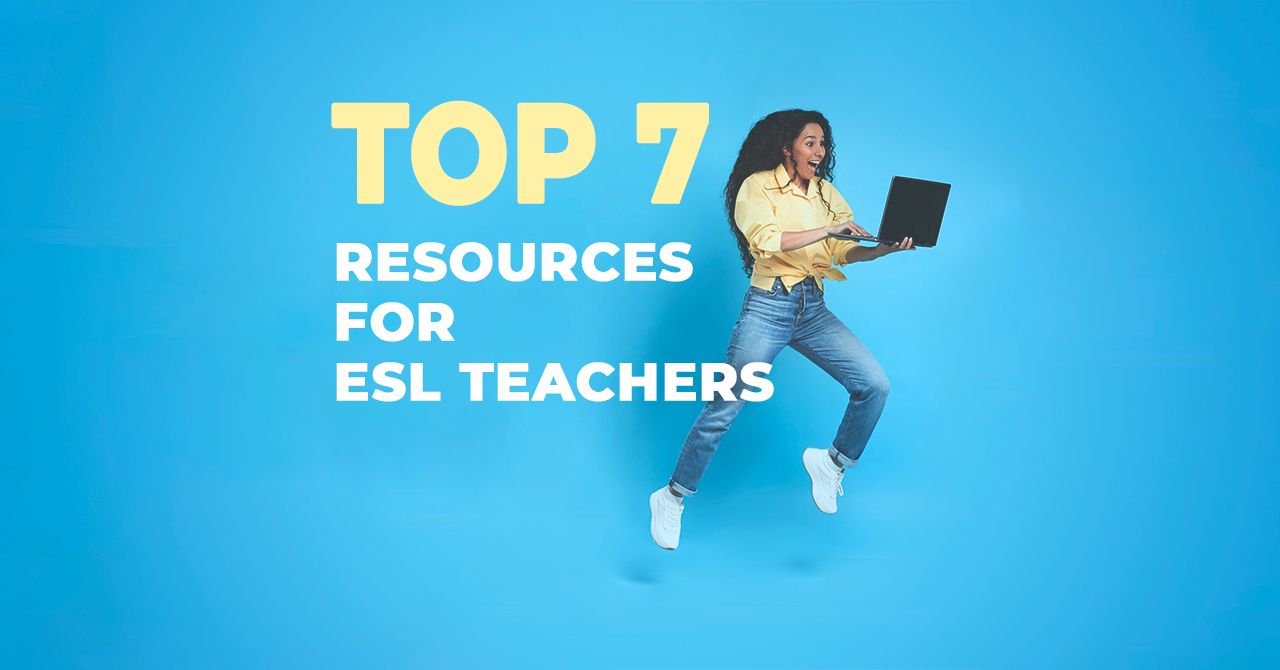
Mastering Arabic: A Practical Guide to Teach Non-Native Learners
I’d like to share some insights from my experience teaching Arabic to non-native speakers. I currently teach a group of students in a private school, where we’re required to follow a specific program. This program introduces all three vowels (fatha, kasra, and damma) simultaneously. However, I’ve noticed that students who have been following this system for over five years still struggle to read fluently or pronounce words correctly.
This was shocking to me because I’ve had students who, in a much shorter period, managed to read and write effectively. When I first started teaching, I also followed the traditional approach of teaching all three vowels at once. However, through experience, I developed a system that works exceptionally well, especially for non-native speakers.
My observations and methodology
Repetition and gradual progression
Start by focusing on one vowel at a time. Begin with fatha. Have students read individual letters with fatha, then move to simple words using only fatha. Once they are comfortable, introduce kasra. Practice words using only kasra. Next, move to words that combine kasra and fatha. Repeat this method with damma and eventually introduce tanween.
Learning the alphabet
Avoid memorizing the alphabet in isolation at the start. Instead, let students read the alphabet multiple times without aiming for memorization. Introduce each letter with fatha and practice its different positions (beginning, middle, and end). Work with small groups of letters (e.g., six at a time). Encourage students to read them repeatedly, then mix them up to practice recalling them out of order. This approach builds familiarity and ensures mastery before moving on.
Mastering pronunciation and fluency
Teach students to pronounce each sound clearly and read fluently from the beginning. Do not rush to introduce new lessons before solidifying the previous ones. Fluency and proper pronunciation are foundational skills that must be prioritized early.
A flexible approach
Each student has a unique personality and learning style. While the program might be the same, the way we deliver the information must adapt to the needs of each individual. This flexibility ensures better results and a more enjoyable learning experience.
A word of advice
I strongly believe that traditional methods, which prioritize moving quickly through lessons, often leave students struggling to read fluently or pronounce words correctly—even at advanced levels. By focusing on repetition, gradual progression, and mastery of the basics, students can achieve remarkable results in a short time.
Conclusion
Arabic is a rich and beautiful language, and learning it with the right approach can be both efficient and enjoyable.
Good luck on your learning journey!
Passionate Arabic tutor with experience teaching non-native speakers. I focus on gradual learning, clear pronunciation, and tailored methods to help students master Arabic effectively.

